In 1793, George Washington observed that “few Ships, of late” had “arrived from any part of G. Britain or Ireland without a number of emigrants, and some of them, by report, very respectable & full handed farmers”.
They were not only farmers. Many Irishmen travelling to the United States in the 18th century did not do so for financial motives. Forced to emigrate by political necessity rather than free choice, such men often had money and, once in United States, they had the time and leisure to make spatial and economic choices, unlike the impoverished, famine-fleeing Irish emigrants of the 19th century. One of Ireland’s most successful 18th-century emigrants was the politician Pierce Butler. He was born in 1744 in Carlow’s great house of Ballintemple, of which only the stone temple front still stands.
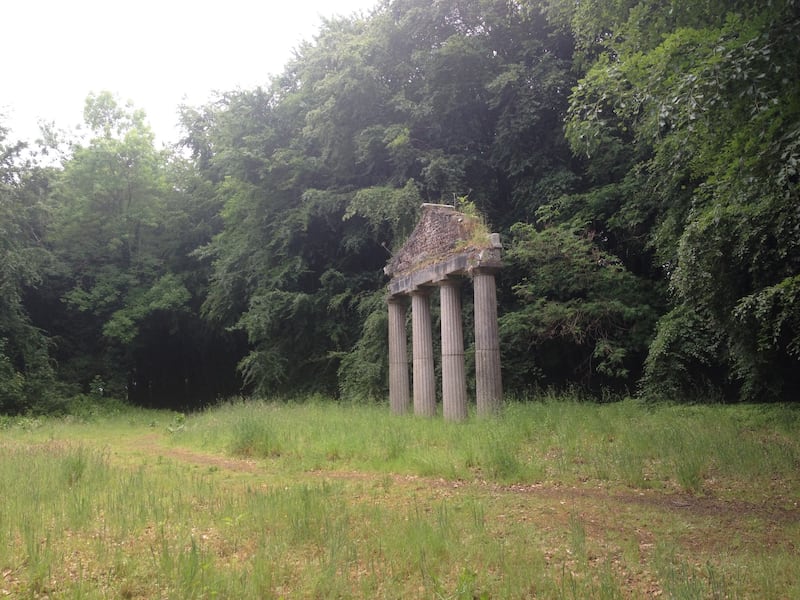
Commissioned, like many younger sons, into the British army as a teenager, Butler was by 1767 stationed in South Carolina, where in 1771 he married Mary Middleton, the heiress to substantial plantations. Taking up the cause of liberty, he fought as an American in the Revolution of 1776 and became one of the 39 signatories of the nation’s constitution.
Yet Butler was also an extraordinarily successful southern planter with 632 enslaved people toiling across his cotton and rice plantations by 1811. His principal plantation lay at Hampton Point on St Simon’s Island, one of Georgia’s many barrier low-lying sea islands, where fractal creeks were interspersed with oak, pine and myrtle groves.
READ MORE
Ideologically opposed to slavery on paper, he benefited thoroughly from its extraordinary material advantages in practice. To do this he alternated between his two personas – the freedom-loving revolutionary and the autocratic southern planter.
The radical Philadelphia publisher Thomas Stephens dedicated his 1795 Proceedings of the United Irishmen to Butler as a “senator of the United States of United States; an enemy of Aristocracy, and a Friend of Man”, introducing the United Irishmen as “a band” of Butler’s “countrymen, who not debased by slavery” had “preserved their freedom of mind in the midst of chains”.
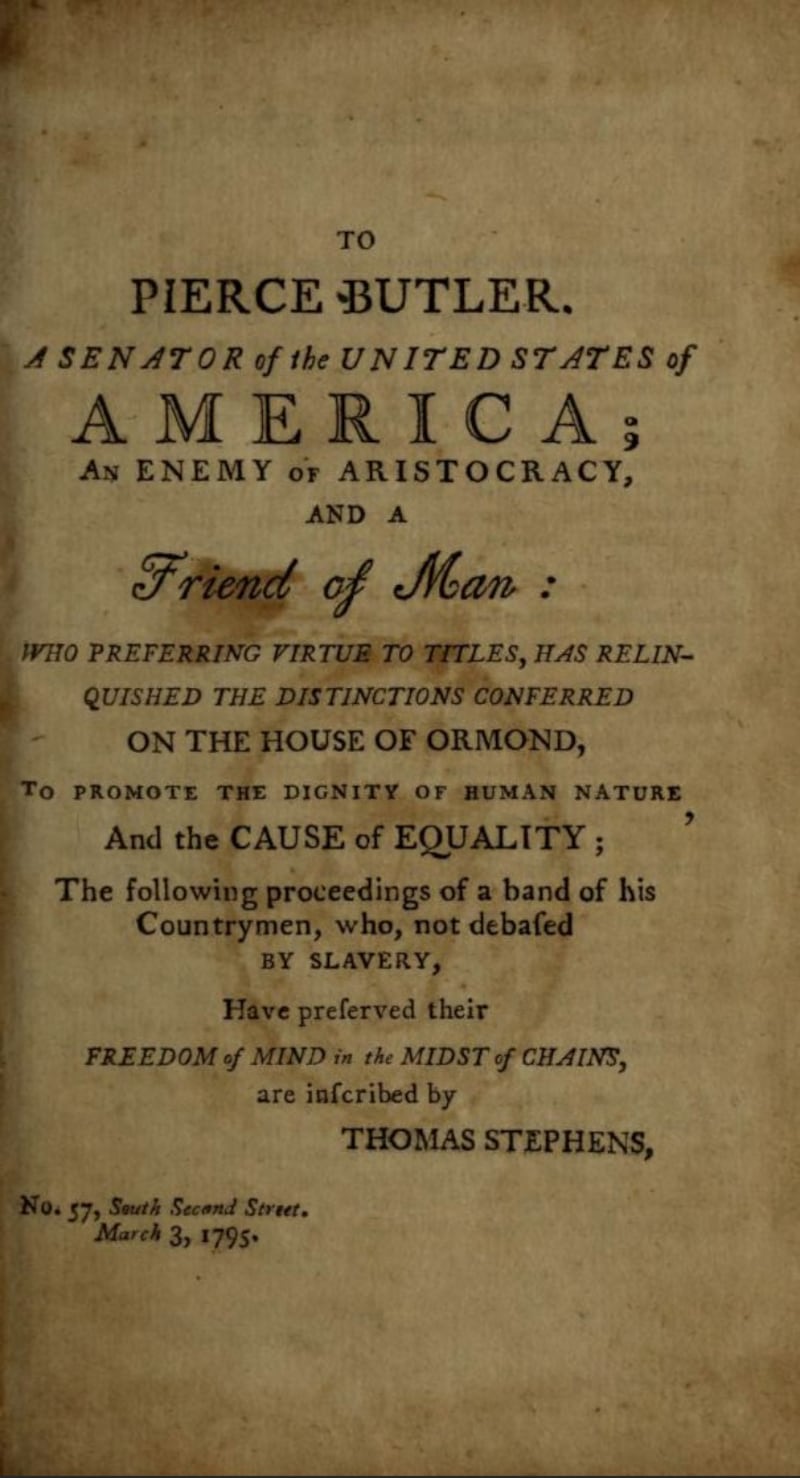
But the frontispiece carried no mention of the contradiction of a slaveholding revolutionary that forced Butler to adopt some tortured reasoning in his letters home, where abolition was gathering momentum. He penned a conversation to London in 1788: “You may naturally ask me: ‘Why, with these sentiments, do you hold so many in bondage’. I answer you, that I would free every one of them tomorrow if I could do it, that is if the Legislature would permit it. I ardently wish I never had anything to do with such property.”
In 1791, pleased with the “generous opinion” one Irish Quaker held of his “treatment of the wrettched Affricans”, he tried to place the blame on the enslaved: “Had it pleased God to allow the benign beam of Civilization to reach their Country, it would not be in the power of Europe to enslave them. I am not a friend to the trafick in Human kind. Yet upon strict enquiry I much doubt if their situation in their own Country is freer or better ... Indeed I wish I had never owned one of them.”
In the south Butler’s other persona emerged. Because he considered slavery an inappropriate sight for his children, Butler set out to arrange “his troublesome kind of property”, a euphemism for slavery, in a way that did not require his presence. To be “saved the necessity of ever going to see [his] Estate” and witnessing what took place there, he became an absentee, ruling by proxy and conveying decisions to his agent Roswell King in letters and drawings. A drawing could represent a complex, messy, real place as an ideal, abstract space and it also enabled its legal registration as private property.
I will go to the woods; but I will not kill Indians, nor keep slaves
— Archibald Hamilton Rowan in a letter to his wife after his arrival in Philadelphia in 1796
Many revolutionary American planters, from Washington to Jefferson to Butler, were trained in surveying – the accurate measurement and inscription of land. Yet not being in situ had disadvantages. His wishes were ignored or postponed by an ambivalent Roswell King in 1803: “As for the pla[n]t of your land I am silent, have my hands full, shall attend to it when I possibly can.” Or the agent could be played off against the absent master. When the enslaved driver Morris “after agreeing to plant in the old beds” became “fearful” that Butler “would not like it”, he infuriated King by reverting to Butler’s design.
Out of sight was, however, not out of mind, and King’s many written accounts of the plantation’s commonplace violence could not have left Butler innocent of what was being carried out in his name and for his benefit. In 1804, King gave the enslaved a “good talk some severe, and a little whipping” that led the 22 women and 18 men “to thrash in a tolerable manner” 1,500 bushels of rice in two days. Complicity must attach to such written aphorisms as the 1811 “After a Negroe is 50 years of age he is not worth the Expence of Cutting off a Leg particularly against his will” and the 1813: “Be assured Bram is not neglected, I should not have valued him at $3000 and then neglect him”.
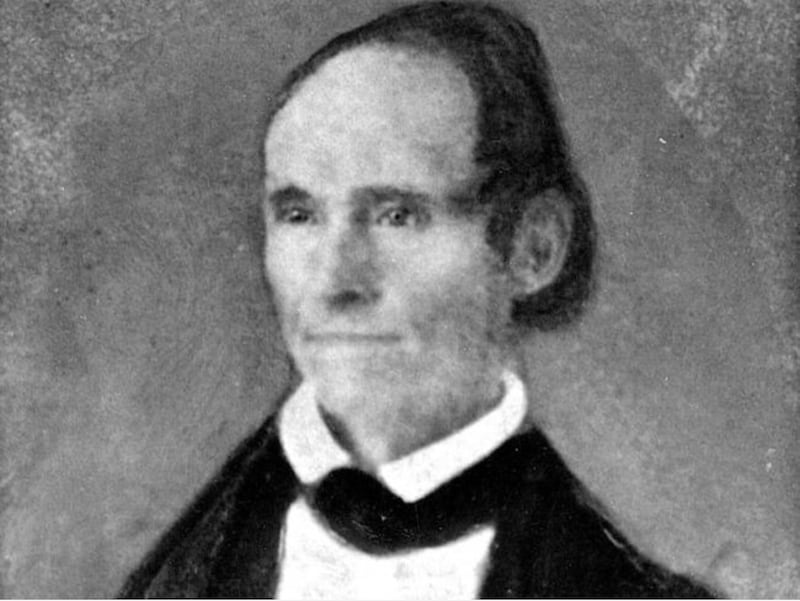
Butler colluded with King in his thinking, despite his absence. He received and read the letters, answered them and evidently approved of much of what King did. He funded the workings of the plantation, made all the important decisions and benefited by far the most financially. Other letters give some voice to the enslaved, who can otherwise remain distressingly absent from historical sources, by describing their actions and humours, if filtered through King’s biased perspective. When the “most able & stoutest men” were “not in good temper” in 1806 King suspected the enslaved driver Sambo of sowing dissent, and threatened that Sambo would “pay for it” with whipping if true.
Despite the difference in climate between Ireland and the American South, the agricultural design problem remained substantially the same – how to control the water level in a field by making banks and ditches, and how to vary it with channels and sluice gates when required. In 18th-century Ireland the improved farmland produced oats or wheat, in Maryland tobacco and in Georgia rice, cotton or indigo.
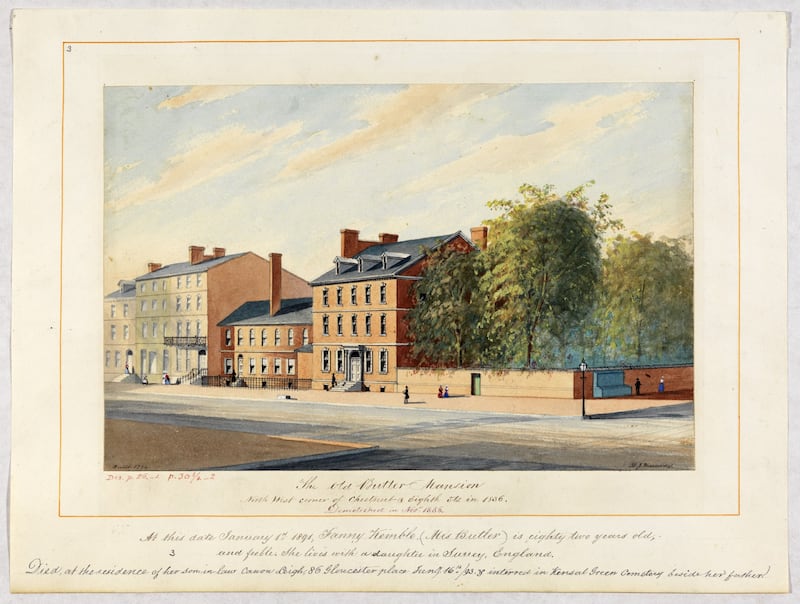
Design history tends to separate the aesthetic from the utilitarian, particularly in such environments, and when Aaron Burr fled to Butler’s Hampton plantation in the aftermath of his duel with Alexander Hamilton in 1804, he found that its “landscape of course” presented “no scenes for a painter”.
Yet the planters of the American South enjoyed their long perspectival lines of water, revelling in their precise mastery of the horizontal line. They planted citrus trees along the dykes to strengthen them, particularly during high tides or spring floods and the trees also emphasised the vistas. Some of what may be considered to define plantation landscape, the exploitative mentality required to reorganise land into a productive machine, is somewhat familiar in Ireland. The concept of “improvement”, whereby Ireland was not redistributed but “improved”, could salve an Irish conscience abroad, where the many greater evils of matrilineal chattel slavery were all too evident.
Butler’s plantations show how impossible it was to evoke the principle of liberty when some people were forms of property. This dark side of revolution, where success and freedom in one sphere of activity led to human bondage in another, has not been widely explored. Nor have the exact processes by which people became slaveholders.
[ Black Abolitionists in Ireland: Important and well-researchedOpens in new window ]
[ Plaque erected in Dublin for anti-slavery leader Frederick DouglassOpens in new window ]
Unlike Butler, other emigrants did not compromise their principles in unfamiliar environments. Two of the most prominent United Irishmen, Theobald Wolfe Tone and Archibald Hamilton Rowan, arrived in Philadelphia in 1795 and 1796 respectively. Before embarking for the United States, Wolfe Tone, in the company of the other United Irishmen, had sworn the formation oath in McArt’s Fort on the mountain of Cave Hill outside Belfast. Rowan met Butler a mere three days after landing in Philadelphia on July 18th, 1795, describing him as a man of “good sense, good manners and good fortune, respected by all”.
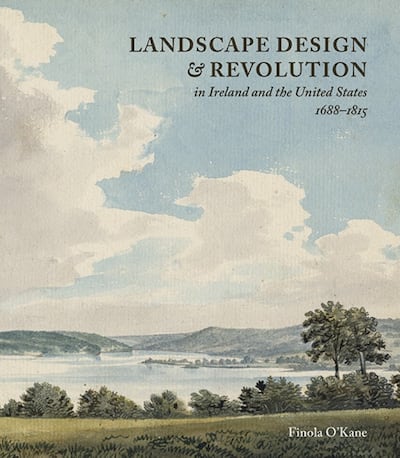
Yet he declined Butler’s friendly offer of 2,000 acres of land in the South and chose instead, like Tone, to buy a farm in Pennsylvania, explaining the choice in a letter to his wife: “Now let me assure you, that I am acting quite by myself, and contrary to advice; for one wants me to remain in Philadelphia, and another, to buy a small farm in a settled country. But I will do neither; I will go to the woods; but I will not kill Indians, nor keep slaves.”
The clarity of Rowan’s judgment reveals the degree of choice in southern slaveholding and plantation farming. He and Tone both chose to become northern farmers in United States, and this spatial choice was not taken lightly. It placed Butler’s compromised position as both a revolutionary and a slaveholder in damning contrast to their decisive analysis of America’s landscapes. That such choices about where to invest and why could be ethically made in the late 1790s remains inspirational and somewhat revolutionary. As we continue to reach towards liberty and equality, but still constrained by gender, race and relative wealth, who is still planting rice for our benefit today?

Finola O’Kane is a Professor at UCD’s School of Architecture, Planning and Environmental Policy. Landscape Design and Revolution in Ireland and the United States, 1688-1815 is published by Yale University Press

















